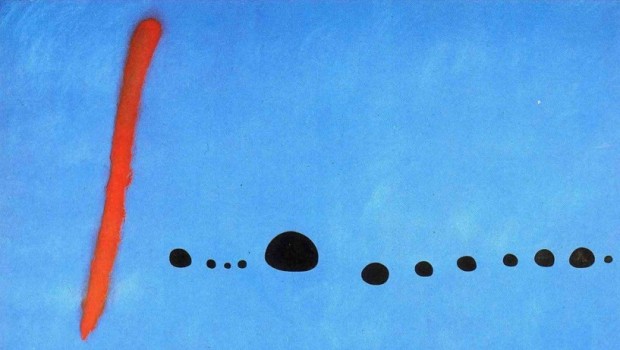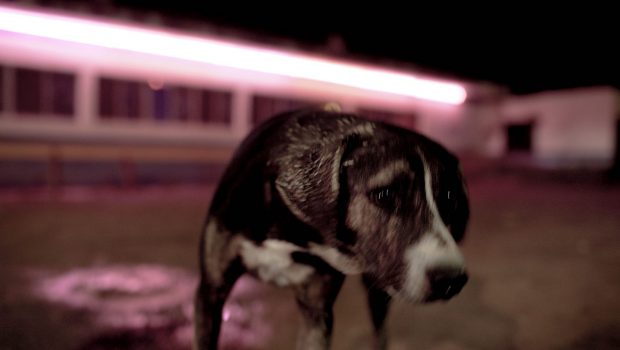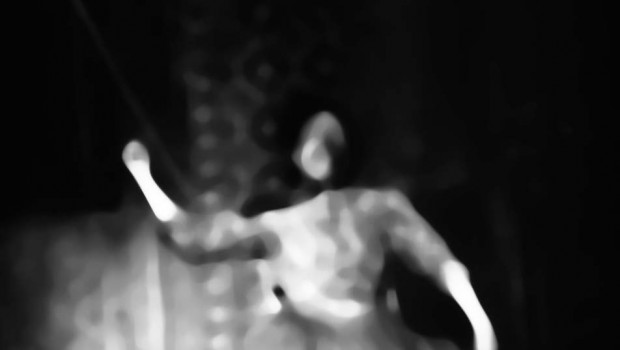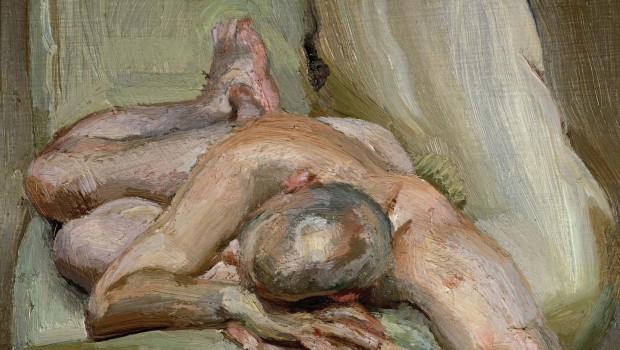Ambiguous Positions
John Sparagana
According to Benjamin Paul, your method forms the basis of a subtle struggle with the dialectical role images play in mediating history.
Benjamin did a beautiful job of framing and articulating that objective in my work.
There is a constant referencing with politics, revolution, war: but one can feel the uncertainty of the subjects, as if you were trying to create an ambiguous environment?
Yes, I am interested in creating an ambiguous position, both ideologically and visually, as a liberation from news media’s highly skilled and produced, but propagandistic and overly-determined material.
Your latest works part from mass-market media, but you don’t seem to oversee the content of the images you are using for your pieces. They become part of the discourse. Can you elaborate?
I am interested in taking relatively few from the constant flood of information-driven images and shifting their terms in such a way that a space is opened for a heartfelt (both haptic/sensual and moving), contemplative, ambiguous, and relatively ambivalent experience. I’m not out to make a point, but rather to create a space for experience and discourse.
These techniques go hand-in-hand with the idea behind your work: that something in the real world is out of focus.
Out of focus and destabilized, breaking apart. And vibrating!
In your latest work, one can sense that there’s something else taking place beneath the image being presented. There’s noise, a lot of interference, and one gets the sensation that something is amiss.
Yes, I am investing these very flat, fast images produced by corporate culture with an appropriately elegiac condition.
Do you explore the phenomenon of multiplicity, and why is it important to you?
A higher order and integration are achieved through contradiction, conflict, and the softening or dissolution of boundaries between forms.
In what way is your work related to that of Miguel Angel Rojas?
Meaning is attained both through process and material means, in Miguel Angel’s work and my own. We are both interested in opening up spaces for feeling, contemplation, and analysis.
Images:
John Sparagana, Crowds & Powder: Kennedy Brothers 2, 2013. Archival inkjet prints with oil stick and oil paint, sliced and mixed, on paper
Crowds & Powder: Cairo 1, 2013. Fatigued magazine pages with oil stick, sliced and mixed, on paper
Posted: May 26, 2014 at 10:43 pm










